

.webp)
Leh has been a crucial part of trade routes connecting Tibet with Kashmir, Central Asia, and beyond. Once the capital of the Himalayan kingdom of Ladakh, it rose to prominence in the 17th century under King Sengge Namgyal, who built the iconic Leh Palace. Over the centuries, Leh evolved as a cultural crossroads for Buddhist and Central Asian influences. Even today, its historic monasteries and palaces reflect this rich blend of heritage and spirituality.

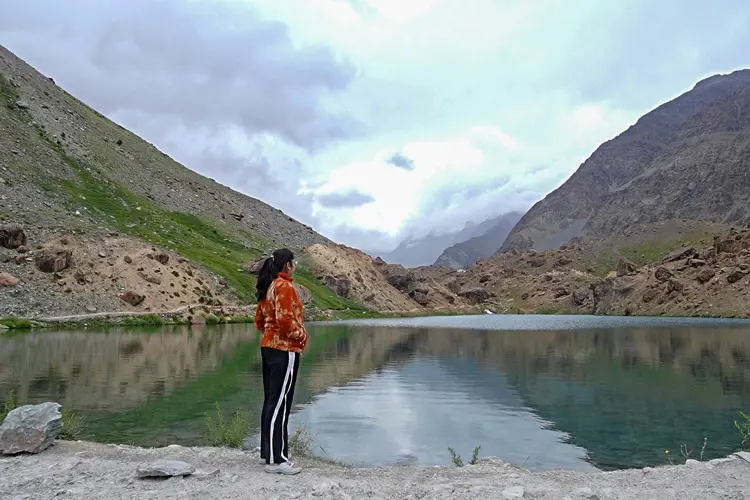
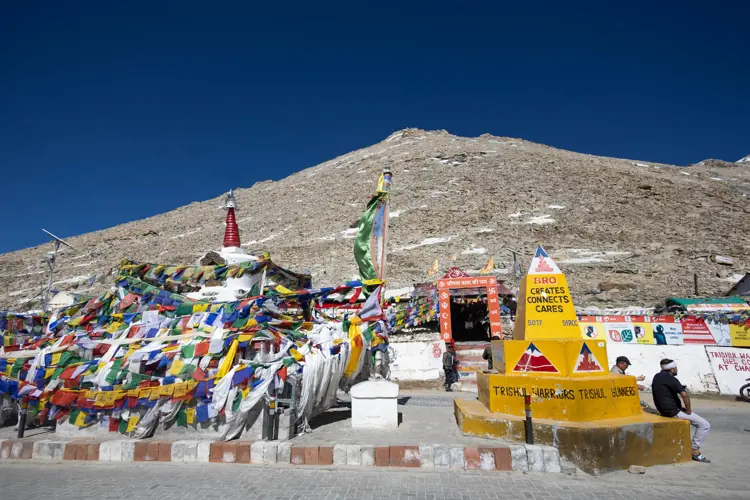
 1.jpg)
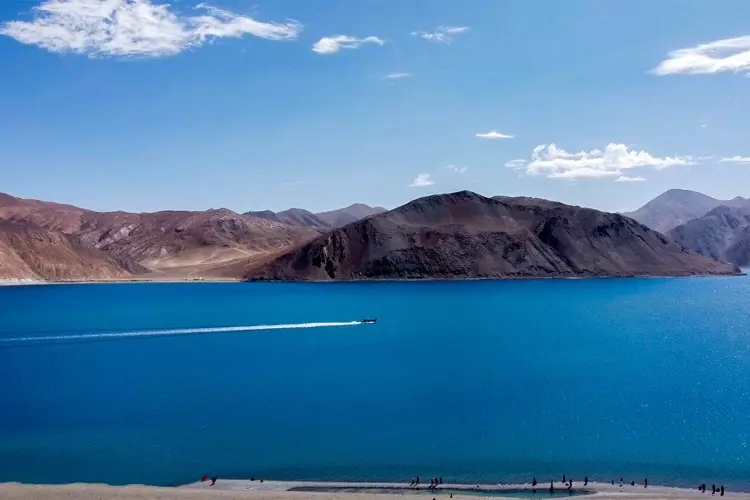
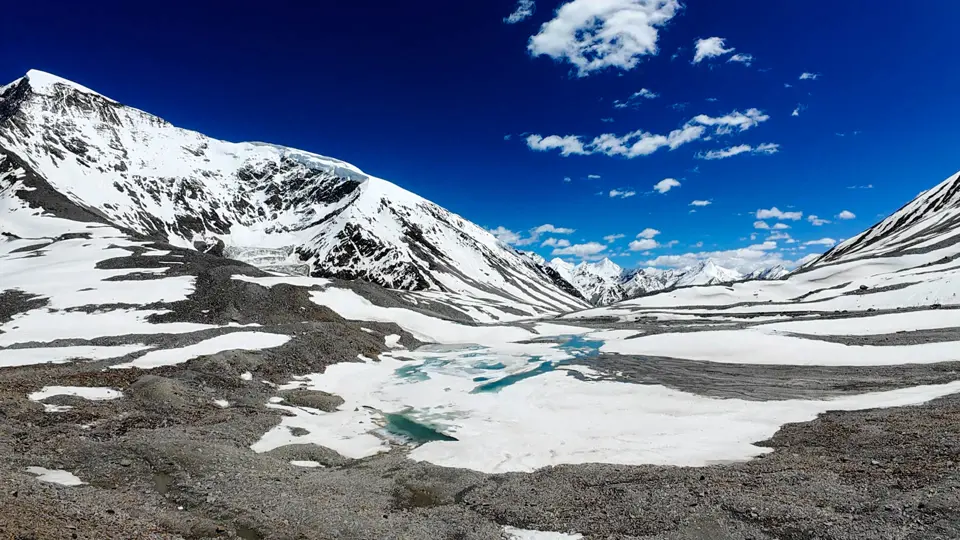
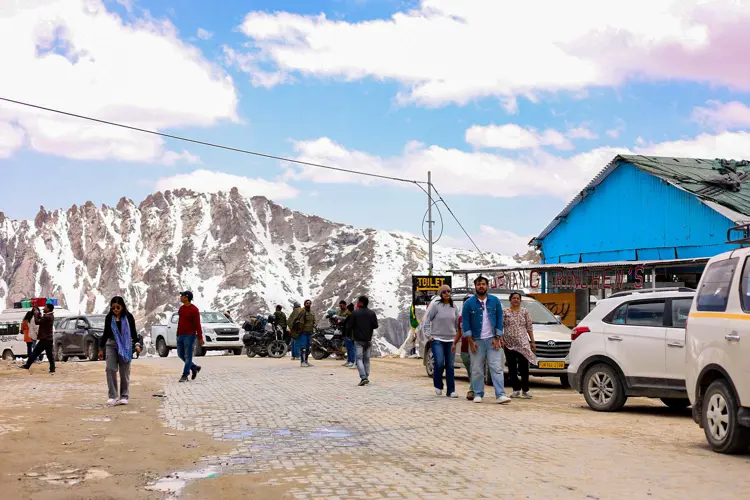
 4.jpg)

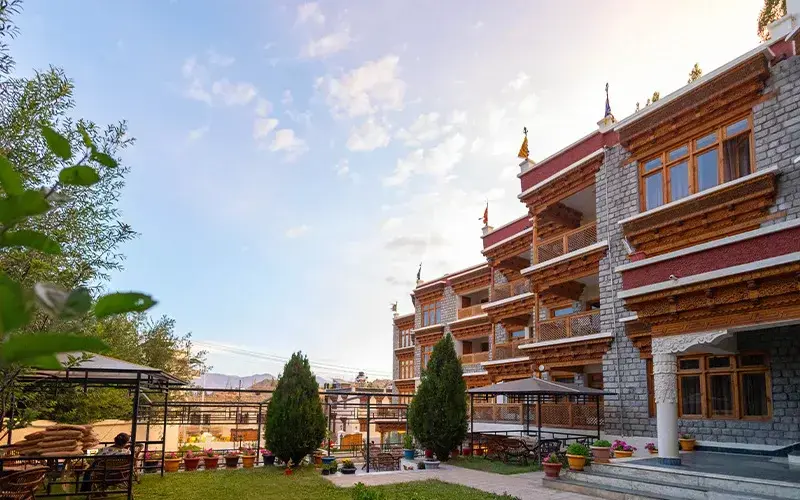
Hotels In Leh Ladakh
Experience peaceful stays amid mountains, lakes, and clear skies.
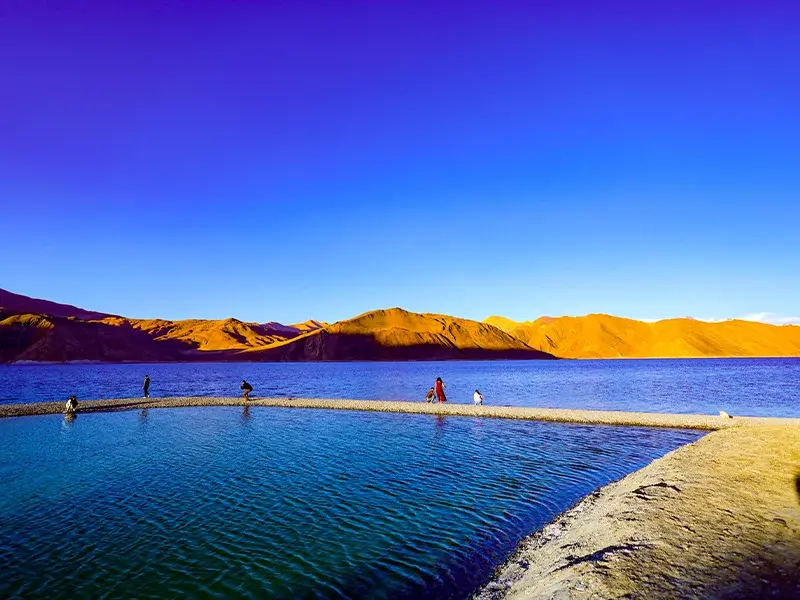
Packages Of Leh Ladakh
Experience Ladakh’s mountains, lakes and culture with our curated packages.
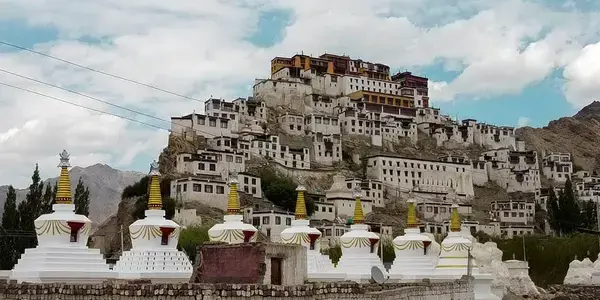
Places To Visit In Leh Ladakh
Best Places to Visit in Leh Ladakh for an Unforgettable Trip
.webp)
Blogs Leh Ladakh
High-altitude adventures and serene Tibetan-style landscapes
.webp)
Images Of Leh Ladakh
Explore Ladakh’s raw beauty through real and scenic images.
Hotels In Leh Ladakh
Packages Of Leh Ladakh
Places To Visit In Leh Ladakh
Blogs Leh Ladakh
Images Of Leh Ladakh
.webp)

Leh has been a crucial part of trade routes connecting Tibet with Kashmir, Central Asia, and beyond. Once the capital of the Himalayan kingdom of Ladakh, it rose to prominence in the 17th century under King Sengge Namgyal, who built the iconic Leh Palace. Over the centuries, Leh evolved as a cultural crossroads for Buddhist and Central Asian influences. Even today, its historic monasteries and palaces reflect this rich blend of heritage and spirituality.
Leh sits at an altitude of around 3,500 meters (11,500 ft) above sea level.
It is home to Shanti Stupa, built by Japanese Buddhists to promote peace.
Leh Palace, resembling a mini Potala Palace, was built in the 1600s.
The Magnetic Hill near Leh is famous for its optical illusion that appears to pull vehicles uphill.
Despite its remoteness, Leh hosts one of the highest civilian airports in the world.

